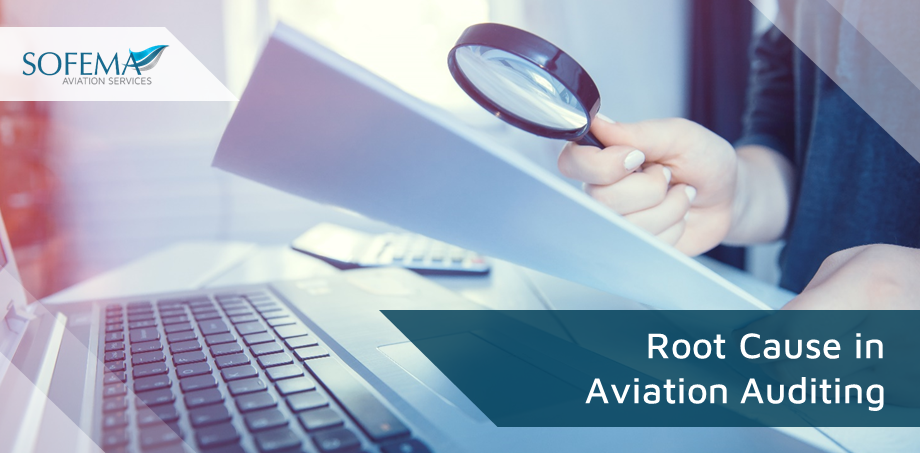When we deliver an effective root cause analysis together with an appropriate remedial action, we can impact the event in a positive way and help to reduce the probability of the event are occurring.
We may use root cause analysis in many different types of situation, for example anything which is perceived as a risk, following an internal voluntary report, after a quality audit finding, following an accident or incident, also related to any safety concerns, we should also accept that there can be multiple inputs or causes for any given event.
The responsibility to address a finding sits with the Post Holder or Business Area owner, however the need to identify and exposure a shortfall within the system often rests with the auditor. Root cause quite simply enables us to evaluate the various issues in a way which helps us identify the initial causal factor (or in fact multiple causal factors) which has led to the condition situation or event we now see.
This effectively means that Root Cause does not report on the issue itself but rather on the identification of why an issue has occurred based on appropriate analysis and evaluation.
One opinion advocates that it is Management responsibility to both identify and fix the Root Cause however in reality it should be a shared responsibility with the auditor providing an possible insight which can ultimately improve both the long term effectiveness and efficiency of the business process In doing so it can improve the overall control environment and even reduce risk within the business.
Another comment is that ultimately and to avoid any potential conflict, the final decision as to what action is taken rests with the business area owner, the acceptance of the proposed or actual mitigation rests with the Quality Auditor (If it complies it should be accepted).
When we engage in Root Cause activities we should identify that there is a requirement for core competencies which enable the following steps to be undertaken – initial analysis – gathering additional data – facilitation – final or detailed analysis.
A fundamental knowledge concerning the business area is of benefit, but note that there can be a downside in this. It is termed auditor bias, when you have an expectation and see an outcome as supporting your expectations of the causal event.
To be effective we should ensure any biases are minimized, assumptions are challenged and all evidences are evaluated to the appropriate depth.
Because of the unique activities of aviation auditors working across multiple business areas, it is typical to find a deeper and broader knowledge concerning the fundamental elements which have created the initial finding. Such exposure may even be at a deeper level than a business area owner, simply because the finding exists across rather than within a single department or area. With this in mind the auditor can often provide a valuable insight into the Root Cause.
As previously mentioned it is critical that the reporting is presented in such a way as to enable management to take the most appropriate decision. Consider that for any given issue there are often three solutions. The low cost, emergency or “Sticking Plaster” solution. The medium cost or interim solution and the higher cost “Gold Plated” solution. To note that all of the aforementioned solutions are acceptable to the auditor, simply that the choice, particularly when budgetary considerations are implicated. Such a behaviour (in determining and presenting root cause) provides a balanced and “non-threatening” approach which can directly support the positive development of the business process.
As a final comment the effort which is spent performing Root Cause analysis should be in keeping with size of the issue and at its simplest TCA consists of asking five why’s (see later content).
Sofema Aviation Services www.sassofia.com offer Quality Management System (QMS) & Safety Management System (SMS) in both the Operational and Maintenance Environment. For details please see the web site or email office@sassofia.com
Tags:
Post Holder, Risk Management, Root Cause Analysis, Safety Management, Aviation Auditing




